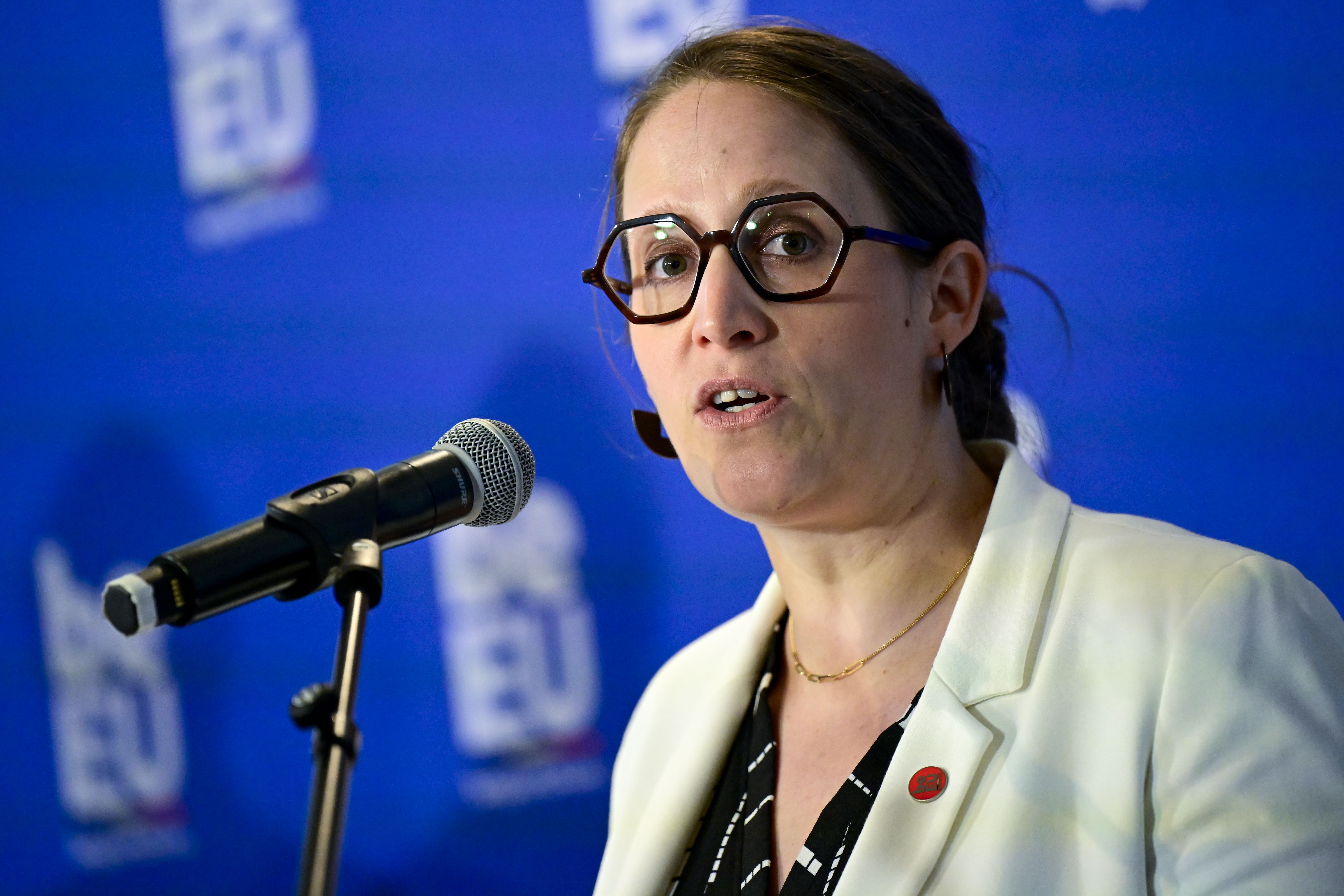Transfers of asylum seekers to other EU member states on the rise

Belgium has last year transferred 1,241 asylum seekers to another European Union member state where they already had a procedure pending. The number of transfers by Belgium shows an upward trend since the end of the Covid-19 pandemic. The government wants to set up additional ‘Dublin centres’ to speed up such transfers.
The EU Dublin Regulation stipulates that the EU member state where someone first applies for asylum is responsible for handling the asylum procedure. In principle, member states must take these asylum seekers back from each other, but in practice this does not always go smoothly.
The number of transfers by Belgium now shows an upward trend since the end of the Covid-19 pandemic: from 831 in 2022 to 1,241 transfers in 2023, which is the highest number since the 2016 peak of 1,479 transfers. Most transfers are made to Austria, Germany and France.
Since August 2022, Belgium has a centre in Zaventem that was set up to improve returns within the framework of the Dublin Regulation. In this ‘Dublin centre’, the procedure is completed in an average of 32 days, or 28 per cent faster than outside the centre. And the faster the procedure, the more likely the responsible member state is to cooperate.
According to state secretary for asylum and migration Nicole de Moor, the Council of Ministers agreed on Friday to set up additional ‘Dublin centres’ in the future. That should make it possible to further boost returns. In 2022, 2,168 people were eligible for such an accelerated procedure. In 2023, there were 4,842.
"I don’t find it tenable that asylum seekers who have a procedure pending in other European countries start another procedure in Belgium," de Moor said in a press statement. "That puts enormous pressure on our reception network for asylum seekers.”
Belgian state secretary for asylum and migration Nicole de Moor © BELGA PHOTO DIRK WAEM